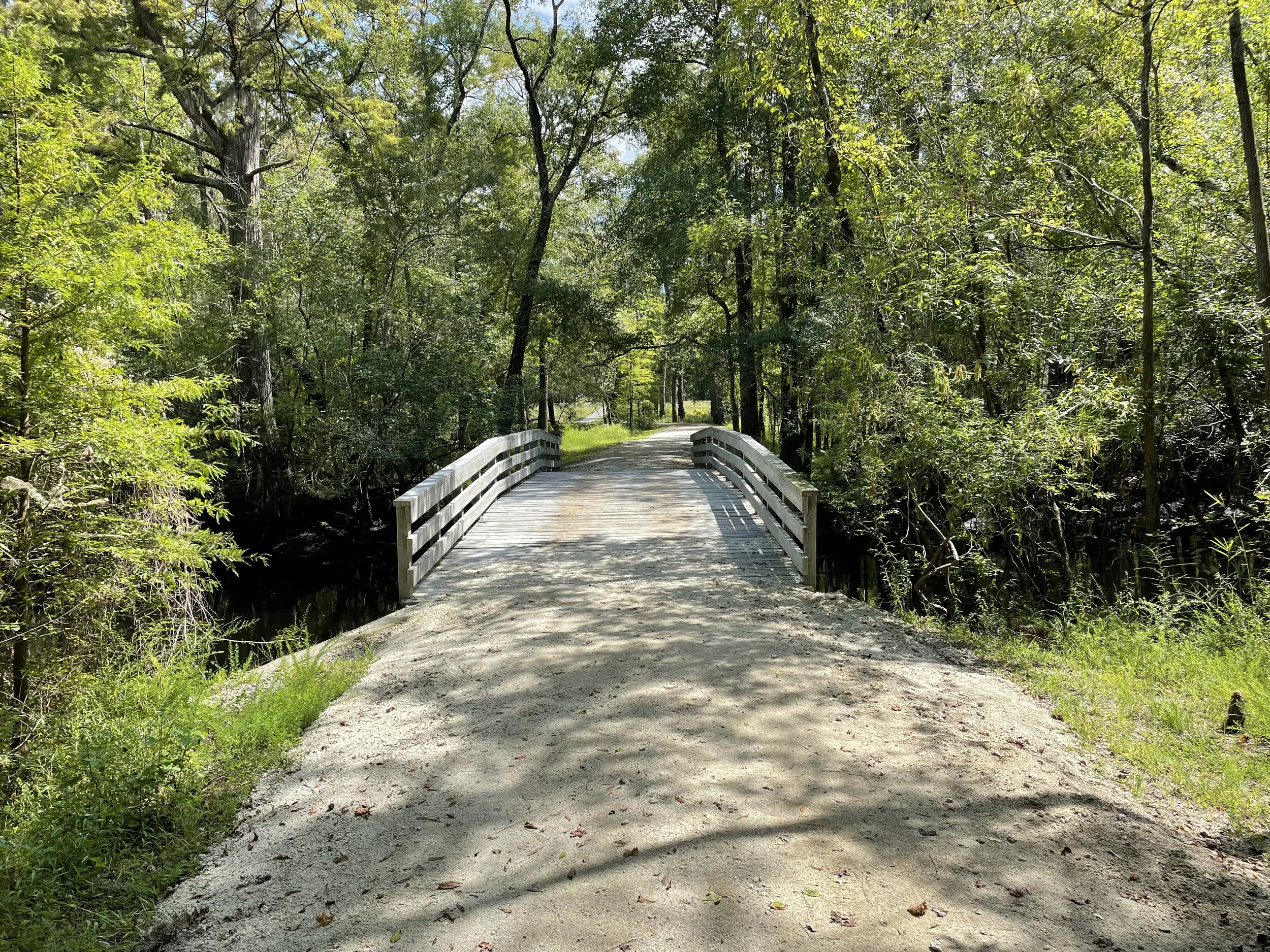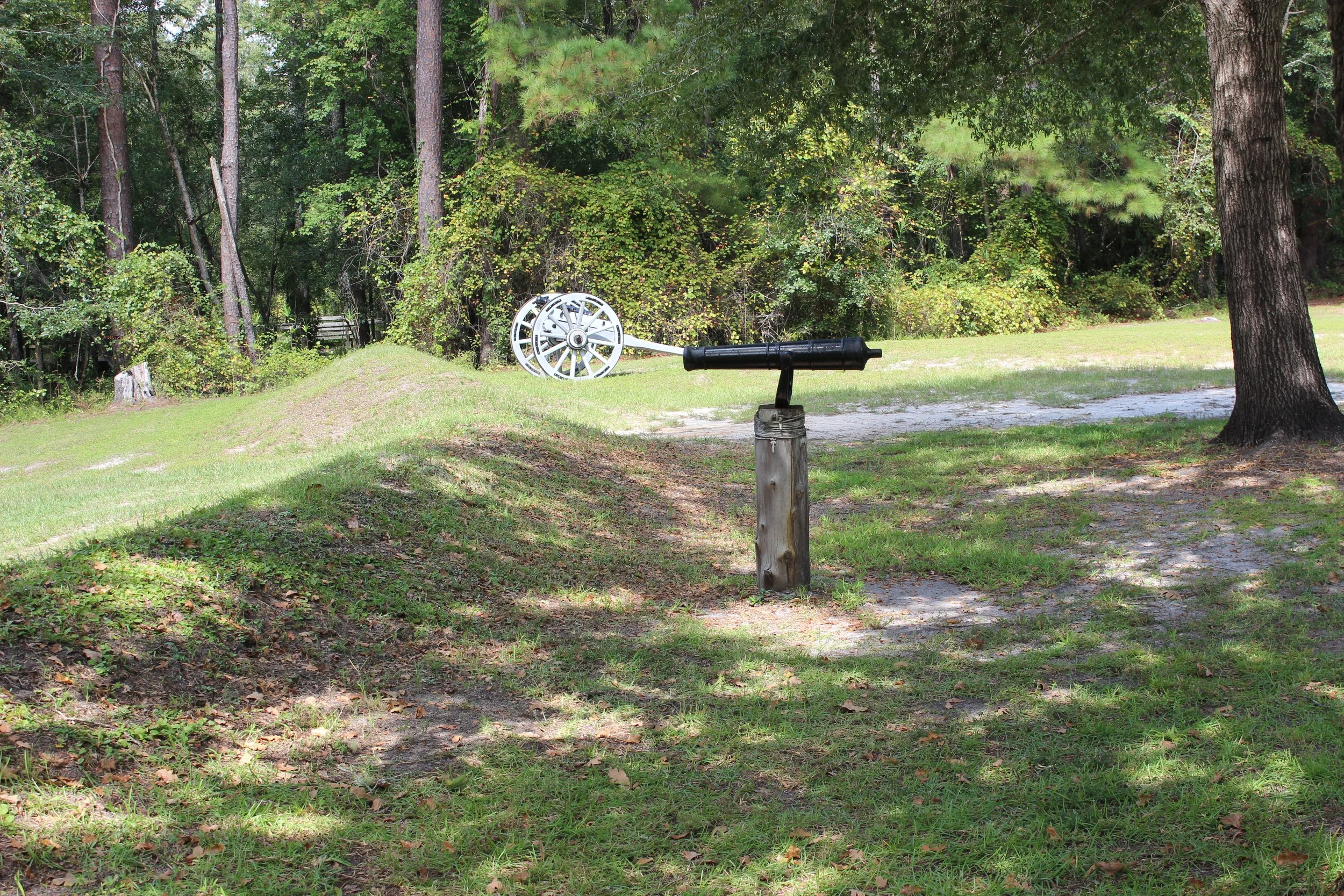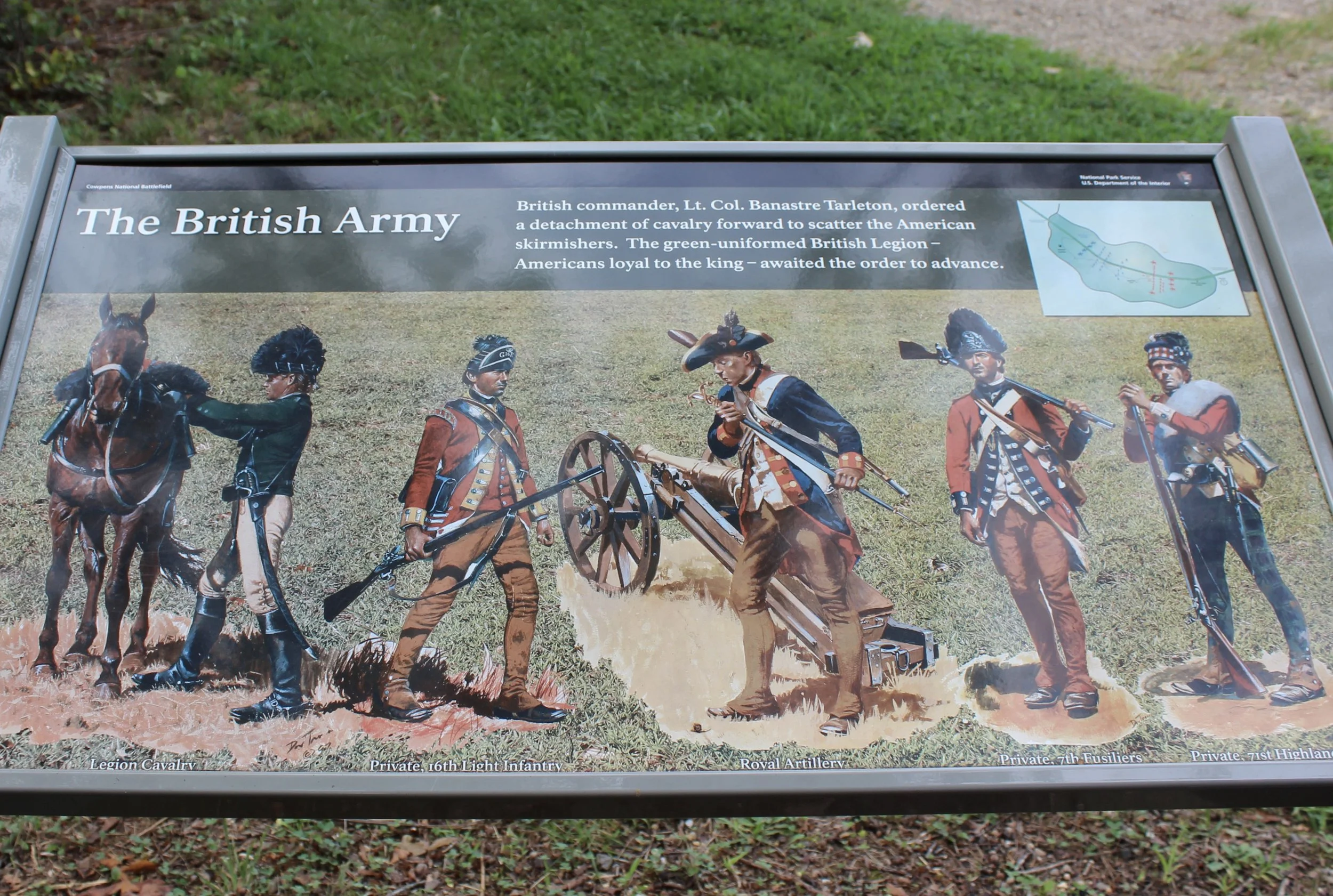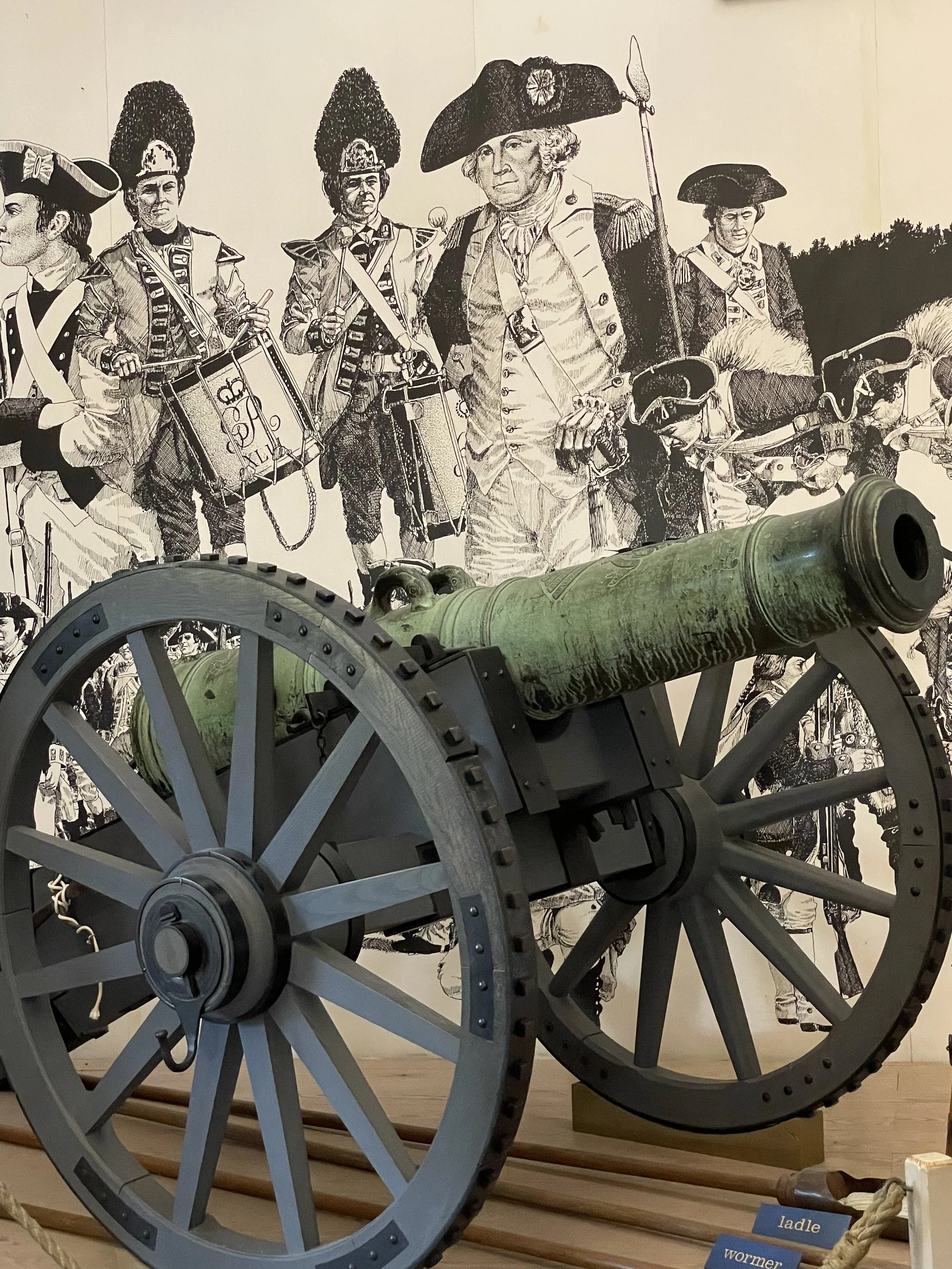Revolution in the Carolinas—Three Patriot Victories
If you are traveling in the Carolinas and have an interest in the American Revolution, these three pivotal Colonial victory sites are well worth a visit.
Much that is taught about the American Revolution tends to focus on Patriot actions in the northern colonies. Resistance in the southern colonies, however, was not only important to the overall success of the revolution, but led directly to the conclusion of the war at Yorktown.
Moore’s Creek National Battlefield—North Carolina
February 27, 1776
The Battle of Moore’s Creek was a minor skirmish, but it is said to have been a turning point in the war and the first victory for Patriot forces. The battle is also claimed to be the last known charge of troops carrying highland broadswords. This may be a myth, but the hand-picked Scottish Loyalists who carried out the assault were indeed armed primarily with swords.
Following Lexington and Concord, both sides began organizing and recruitment campaigns in North Carolina. British governor Josiah Martin ordered Loyalist recruits to march toward the coast and rendezvous with a British expedition into the Carolinas. Loyalist forces moved to block the route and forced a battle at Moore’s Creek.
The poorly armed and disorganized Loyalists attempted to engage the entrenched Patriots. The attacking force numbered little more than 100 Scots Gaels whose only path forward was across a single bridge. Armed almost exclusively with swords, the ensuing battle lasted just minutes. At least half of the Patriots were killed in a hail or cannon and musket fire.
In the aftermath of Moore’s Creek, the British were severely hobbled in attempts to recruit militia in North Carolina. Moreover, the victory bolstered the moral of Patriots throughout the colonies and contributed directly to the declaration of independence that came just months later.
Kings Mountain National Military Park—South Carolina
October 7th, 1780
William Campbell
British Major Patrick Ferguson arrived in the Carolinas to recruit and command local militia forces. Ferguson and his Loyalists were assigned to guard the left flank of Lord Cornwallis’ main body. Fuguson issued an ultimatum to Patriots to lay down their arms “or suffer the consequences,” which was not taken lightly by the body or mountain men who made up the local resistance.
Local Patriot leaders began to assemble. William Campbell of Virginia mustered a militia from Southwest Virginia and present day Tennessee, marched them over the mountains to join in the action. Campbell was subsequently elected as the nominal Patriot leader and commanded an army of about 1400 by the time the entire force assembled in South Carolina.
Cutouts help depict action around Kings Mountain
Informed of the assembling force, Major Ferguson sent word to Cornwallis asking for reinforcements and began to retreat toward the main body of the British Army.
Campbell, marched his forces through the night to cut off Ferguson’s retreat at Kings Mountain. Mountain men in groups of 100 to 200 and armed with rifles, slow firing but extremely accurate, assaulted the Tory position. The entire battle lasted little more than an hour. Ferguson was caught completely off guard, his force was overwhelmed, Ferguson was killed and the bulk of his militia was also killed or captured.
Kings Mountain was the largest battle of the war fought exclusively between colonists and was a much needed victory in the southern theater. As a result, Cornwallis was forced to temporarily withdraw his Army into North Carolina and finally into Virginia.
Cowpens National Battlefield—South Carolina
January 17, 1781
The Patriot victory at the Battle of Cowpens is widely understood as a turning point that led directly to Yorktown. Rather than a meeting of irregular militia forces, this was a defeat of British regulars at the hands of a well-led combination of Colonial Army and local militia formations.
British regulars were included in Tarleton’s battle formation.
George Washington sent Nathanael Greene, one of his top commanders, south to help organize and lead resistance. Shortly after taking command, Greene split his army, sending General Daniel Morgan southwest to hamper British movements near the Catawba River. In response, Lord Cornwallis sent the infamous Lieutenant Colonel Banastre Tarleton (much despised for his massacre of surrendering troops at the Battle of Waxhaws) to intercept Morgan.
Cutouts line the battlefield to help tell the story of Cowpens.
Tarleton caught up with Morgan near the North Carolina border in an area known as Cowpens. Morgan organized his units in a series of battle lines that allowed forward forces to fire and retreat during Tarleton’s frontal assault. This tactic combined with the timely arrival of Patriot cavalry set the stage for one of the few successful double envelopments in the history of warfare. Tarleton was forced to retreat to the safety of Cornwallis’ main force with the battered remains of his command.
Aftermath
The British were forced to surrender after the Battle of Yorktown in Southeastern Virginia.
Following the humiliating loss at King’s Mountain, Green reassembled his Colonial forces and met Cornwallis at Guilford Courthouse. Largely understood as a British victory, some 500 British regulars were killed in the battle and Cornwallis was forced to withdraw into Virginia and his final defeat at Yorktown.
For more information:
Moore’s Creek National Battlefield








